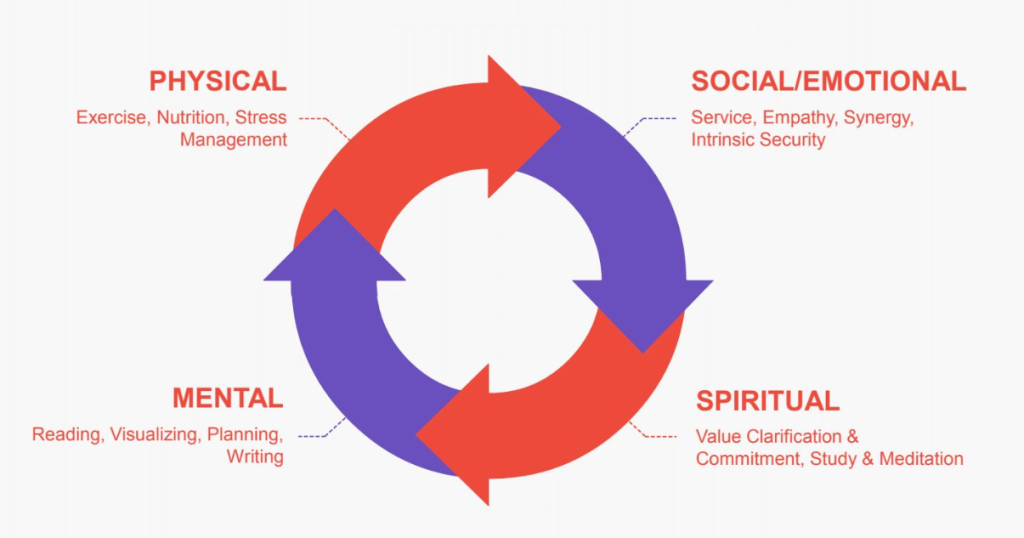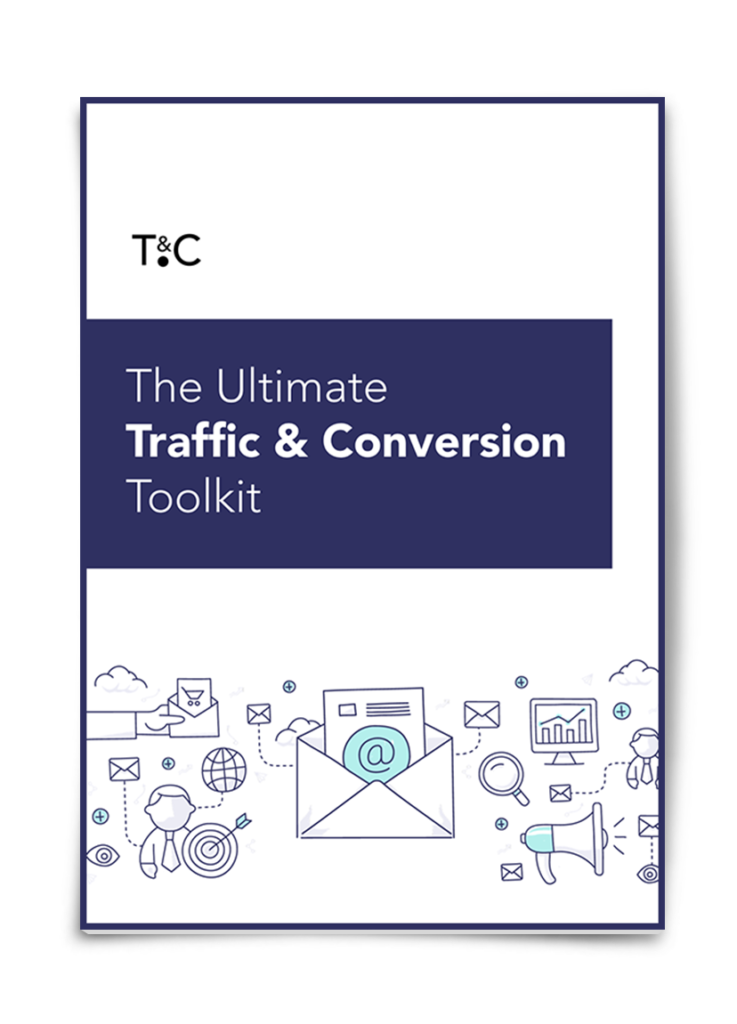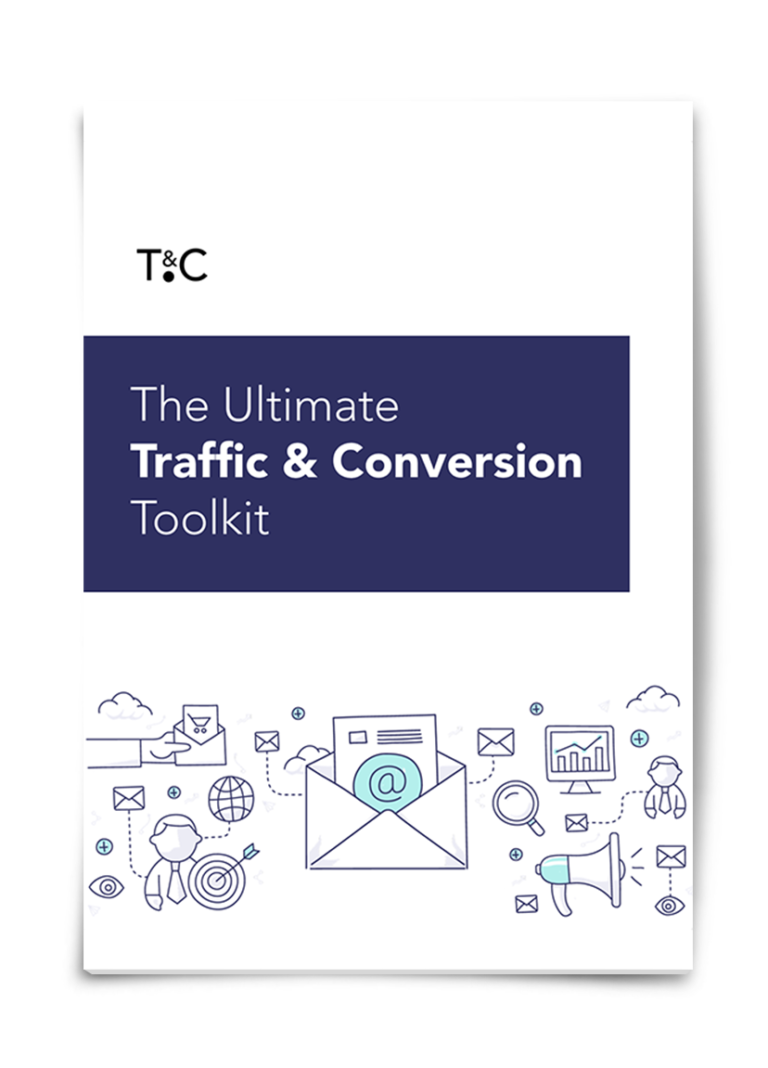We asked the T&C community what their favorite ‘books for entrepreneurs’ have been on their journey to success… and these are their top 5:
The T&C team have saved you HOURS of time by reading them cover to cover, summarizing the books and giving you the top takeaways.
7 Habits of Highly Effective People
The “7 Habits of Highly Effective People” is a book written by Stephen Covey that provides a framework for personal and professional development. The book is organized around seven habits that are essential for achieving success and fulfillment:
Habit 1 – Be Proactive
Take responsibility for your actions and your life. Don’t let external factors control you. You can’t change what happens in life but you can always choose how to respond to what happens.

Habit 2 – Begin With The End in Mind
Start with a clear understanding of your goals and values, and use that to guide your actions.

Habit 3 – Put First Things First
Prioritize your time and energy on the things that matter most to you, and don’t get distracted by less important tasks. Efficiency is doing it right, effectiveness is doing the right things. Use the time management matrix to help you. You can download it here.

Habit 4 – Think Win-Win
Seek mutually beneficial solutions in your interactions with others, rather than trying to dominate or manipulate them. Here are 4 steps to win/win:
- Put yourself in the other person’s shoes
- Identify the key issues and concerns (not positions)
- Identify outcomes that would be mutually beneficial
- Think up new options and possibilities to make these happen
Habit 5 – Seek First to Understand, Then To Be Understood
Listen empathetically to others and seek to understand their perspectives before trying to make yourself understood. Most people listen with the intent to reply, not to understand.
Habit 6 – Synergize
Work effectively with others to achieve more than you could alone, by leveraging each other’s strengths and skills.
Conditions for synergy:
- Difficult tasks
- Absence of competition
- Mutual pursuit of win/win
- Empathetic communication
Requirements for cooperators:
- Recognize the limits of your own understanding and experience
- Perfect your strong points and compensate for your weak ones
- Respect and value differences
Habit 7 – Sharpen the Saw
Continuously improve yourself physically, mentally, emotionally, and spiritually, in order to sustain your effectiveness over the long term.

The 7 Habits are sure to provide you with a roadmap for personal and interpersonal growth, emphasizing self-awareness, self-discipline, and collaboration with others!
The First 90 Days
“The First 90 Days” is an essential guide for new leaders who want to succeed during their critical transition period. The book offers a practical framework for comprehending the challenges and opportunities that new leaders face, and it outlines a series of actionable steps that can be taken during the first 90 days to establish credibility, foster crucial relationships, and hasten the learning process.
Watkins highlights five significant areas that new leaders should focus on during their first 90 days: evaluating the business situation, securing early successes, building key relationships, creating a team culture, and establishing a personal brand. He provides comprehensive guidance on executing each of these areas effectively, with particular recommendations for different types of organizations, teams, and cultures.
Throughout the book, Watkins underscores the importance of being proactive, inquisitive, responsive, and adaptable to new circumstances. He also emphasizes the need to manage time and priorities efficiently and to communicate clearly and consistently with key stakeholders.
1. Plan Your Transition
Entrepreneurs must have a clear plan during the critical transition period, which means setting clear goals, defining priorities, and creating a roadmap for achieving objectives.
2. Build key Relationships
Entrepreneurs should build key relationships, including identifying key stakeholders, understanding their needs and priorities, and working to establish trust and credibility with them.
3. Secure Early Wins
Watkins emphasizes the importance of securing early wins during the first 90 days, which means identifying quick wins that demonstrate progress and build momentum for your business.
4. Be Adaptable
Entrepreneurs must be adaptable and flexible during the transition period, meaning being open to new ideas and perspectives, and adjusting the approach as needed to achieve goals.
5. Nail Your Communication
Effective communication is vital for new leaders, including being clear and consistent in messaging, ensuring the team and stakeholders understand the vision and priorities for the business.
The Lean Startup

Entrepreneurship is a challenging and often risky pursuit. Launching a new business involves significant time, effort, and resources, with no guarantee of success. However, a new approach to entrepreneurship has emerged in recent years, based on the principles of lean manufacturing and agile development. This approach is known as “The Lean Startup” and has been popularized by Eric Ries in his book of the same name.
The 6 key principles on how to achieve a successful lean start up launch include the below:
1. Build-Measure-Learn
The Lean Startup model advocates a cycle of rapid iteration based on the feedback received from customers. This cycle consists of building a Minimum Viable Product (MVP), measuring its impact on the market, and learning from the feedback to improve the product.
2. Validated Learning
The goal of the Build-Measure-Learn cycle is to achieve validated learning, which is the process of testing hypotheses and using the data gathered to inform the next iteration. This process helps entrepreneurs to make informed decisions about their product and avoid wasting resources on features that customers do not want.
3. Innovation Accounting
Innovation accounting is the process of measuring progress in a startup that is not based on traditional financial metrics but on the progress made towards validated learning. This allows startups to measure and improve the effectiveness of their development process.
4. Minimum Viable Product
The Minimum Viable Product (MVP) is the most basic version of a product that can be released to the market to validate its potential. The MVP should have enough features to solve the core problem for early adopters while also being flexible enough to accommodate feedback and changes
5. Pivot or Persevere
The Lean Startup model advises entrepreneurs to be open to pivoting their product if it is not achieving the desired results. A pivot is a change in direction based on the feedback received from customers. The goal is to find the right product-market fit, and if the current product is not achieving that, it may be necessary to pivot or even abandon the idea altogether.
6. Continuous Innovation
The Lean Startup model also advocates for continuous innovation as opposed to a one-time product launch. This approach involves a constant cycle of ideation, experimentation, and iteration to continuously improve the product and meet the needs of the market.
The Lean Startup model is about creating a culture of experimentation, testing, and learning to build products that are better suited to the needs of the market. It emphasizes the importance of being agile, responsive to feedback, and continuously improving.
Good to Great

As a founder of a small business, you might be wondering how to take your company from being just good to truly great. That’s where the book “Good to Great” by James C. Collins comes in. Collins and his team spent five years researching and analyzing companies that made the leap from being good to great and sustained their success over time. Here are some key takeaways from the book that can help you take your business to the next level:
1. Focus on Your Hedgehog Concept
The Hedgehog Concept is about finding what your company is best at and focusing on it relentlessly. This can be something as simple as a unique product or service offering, or a specific customer segment that your company caters to exceptionally well. Once you’ve found your Hedgehog Concept, make sure everyone in your company understands and buys into it.
2. Develop Level 5 Leadership
Level 5 leaders are those who possess a rare combination of personal humility and professional will. They are focused on the success of the company rather than their own personal gain. As a founder, it’s important to develop Level 5 leadership qualities within yourself and to cultivate them in your team.
3. Hire the Right People
One of the biggest factors that separates great companies from good ones is having the right people on the team. When hiring, look for people who share your values and are passionate about your Hedgehog Concept. Focus on getting the right people on the bus, and then figure out where to drive it.
4. Confront the Brutal Facts
Great companies face the brutal facts of their reality while maintaining an unwavering faith in their ability to prevail in the end. As a founder, it’s important to be honest with yourself and your team about the challenges your company is facing. Use these challenges as an opportunity to learn and grow.
5. Build Momentum with the Flywheel Effect
The Flywheel Effect is about building momentum over time by relentlessly pushing a giant, heavy flywheel until it becomes self-sustaining. As a small business, focus on doing the small things consistently and well, and eventually, you’ll build momentum that will propel your business to success.
6. Develop a Culture of Discipline
Great companies have a culture of discipline that is characterized by a rigorous adherence to their Hedgehog Concept and the willingness to say “no” to opportunities that fall outside of it. As a founder, it’s important to instill a culture of discipline within your company to ensure everyone is working towards the same goal.
7. Use Technology as an Accelerator
Technology can be a great accelerator of momentum, but it’s important to use it in the right way. Don’t rely on technology to create momentum, but use it to accelerate momentum that’s already there.
8. Embrace the Stockdale Paradox
The Stockdale Paradox is about maintaining unwavering faith in your ability to prevail in the end, while facing the brutal facts of your current reality. As a founder, it’s important to maintain a positive attitude and keep pushing forward, even in the face of adversity.
In conclusion, the key takeaways from “Good to Great” can help small business founders take their companies to the next level. Focus on your Hedgehog Concept, develop Level 5 leadership qualities, hire the right people, confront the brutal facts, build momentum with the Flywheel Effect, develop a culture of discipline, use technology as an accelerator, and embrace the Stockdale Paradox.
The 4-Hour Work Week

Next on out list of the ‘5 Top Books For Entrepreneurs’ – The 4-Hour Work Week aims to help readers achieve a lifestyle of mobility, freedom, and financial independence by working fewer hours and outsourcing mundane tasks.
Ferriss suggests that the traditional 9-to-5 workweek is outdated and encourages readers to adopt a “New Rich” mindset that focuses on outsourcing, automation, and remote work. He provides strategies for achieving this lifestyle, such as starting a business, creating passive income streams, and outsourcing tasks to virtual assistants.
The book also emphasizes the importance of setting clear goals and priorities, managing time effectively, and mastering productivity. Ferriss argues that it’s possible to work only a few hours a week and still achieve financial success and personal fulfillment.
Here are our top five take aways:
1. Automation and Outsourcing Can Free Up Time
Ferriss suggests that entrepreneurs can save time and improve productivity by automating repetitive tasks and outsourcing non-core tasks to virtual assistants. This can free up more time for entrepreneurs to focus on high-value tasks that are critical to their business.
2. Focus on Results, NOT Time
Ferriss encourages entrepreneurs to shift their focus from working long hours to achieving specific results. This means setting clear goals and priorities and focusing on the most important tasks that will drive the business forward.
3. Start Small and Test
Ferriss suggests that entrepreneurs should start small and test their ideas before committing fully to a new business venture. This can help to minimize risk and ensure that the business is viable before investing too much time and money.
4. Embrace Remote Work
The book encourages entrepreneurs to embrace remote work and consider hiring virtual assistants and outsourcing tasks to remote workers. This can help to reduce overhead costs and increase flexibility in the way the business is run.
5. Prioritize Lifestyle Design
Finally, The 4-Hour Work Week emphasizes the importance of designing a lifestyle that aligns with personal goals and values. Entrepreneurs are encouraged to focus on building a business that supports their desired lifestyle, rather than the other way around.
The 4-Hour Work Week offers a unique perspective on work and life balance, challenging readers to question the status quo and embrace a more unconventional approach to work and success. Whilst there is some debate around whether this approach to work-life balance is realistic or even desirable, these five take aways can certainly help make work life more productive.
We hope these summaries have saved you HOURS in having to read these top books yourself 😊
For more awesome, tried and proven, actionable content and specific tools and tactics check out Traffic & Conversion Summit where you can hear from the world’s leading experts on all things Tools & Tactics. Traffic & Conversion Summit is the BIGGEST digital marketing event in the US for entrepreneurs and agency owners. AND we’re offering you an exclusive 15% off your ticket for you and your team! Check it out here.






